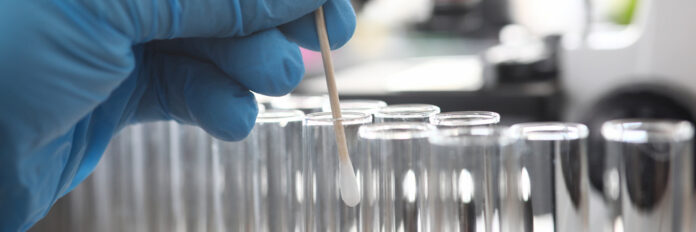Erwin Haas, M.D. says the Baynesian inference can be difficult to understand because most people want to apply the false positive rate to the total number of positive results, not the total number of tests, which would dramatically lower the number of false positives he calculates.
Haas explains his math (see related article,”Half of Positive COVID-19 Cases Could be False, Physicians Say”). “Technically, the four percent applies to the folks who are negatives, who do not actually harbor the virus and excludes the real positives and the false negatives. But the magnitude of having an extremely low actual disease prevalence makes it mathematically irrelevant.”
Calculating the difference, Haas applies the math to the August 10 numbers from the CDC, 65.7 million total tests of which 5.9 million show positive results. “You would subtract 5.9 from 65.7 to equal 59.8. Next, you multiply that by 4% which gives you 2.4 million subtracted from the new 5.9 million.”
Here’s where it can get tricky, says Haas. “So 3.5 million actual positives would have to be re-inserted into the original 65.7 of which you subtract 3.5 which equals 62.2, the actual negatives,” said Haas.
Because it is not clear who among the positives are really infected, simply saying 5.9 million have the virus can be confounding, says Haas. “Positive tests and number of “cases” found because of symptoms don’t anywhere match and trying to explain it, makes it a nightmare. I’ll stand by the original 4 percent of the 65 million. Oh sancta simplicitas!”
-Staff reports





















[…] “It is a well-known principle in statistics that all tests will have some biologic false positives that unfortunately label individuals as being diseased but who are not afflicted,” Haas wrote in the American Thinker, July 21. Haas stated he was only able to find one published study, one by the Foundation for Innovative New Diagnostics, which found a 100 percent sensitivity (the measure of positive accuracy) but with 96 percent specificity (the measure of negative accuracy), suggesting four percent of all results are false. Applying four percent to 65.7 million equals 2.4 million, nearly half of all confirmed cases. (See related article). […]